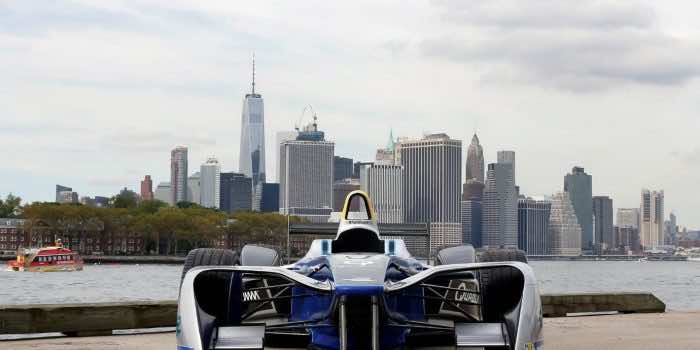During its first inception, skeptics overlooked the potential of electric engines and how they would impact the car industry. But as of 2022, governments worldwide have already laid their plans out to ban the sale of petrol and diesel vehicles.
Premium brands like Jaguar plan to sell nothing but electric cars by 2025, Volvo by 2030, and British sportscar establishment Lotus said it’s aiming for 2028. Ford stated their European sales will be nothing but electric by 2030, and Volkswagen estimates that 70% of their car sales will be electric by 2030.
With the determining factors presented, how does this impact motorsports? Particularly the controversial debate between Formula 1 and Formula E, a discussion that’s been persistent since the outset of all-electric sales that began in 2014.
Motor sporting purists have been divided on which series is superior and whether Formula E will eventually compete with Formula 1. The technologies involved in both fields are rapidly growing, but with Formula 1’s revenue and fan base, most critics expected Formula E would never surpass its predecessor.
However, if the ban on petrol and diesel vehicles also represents the motorsports industry, we could witness the biggest merger in sports history. Formula 1 wouldn’t simply disappear from going carbon neutral, so we should anticipate a crossover into the electric world should a ban affect the petrol-fuelled F1 cars.
Formula E is undoubtedly trailing behind F1’s current popularity. Still, there is a plethora of reason’s why the future could be electric outside of technological advancements, including the beautiful street circuit locations found in Formula E.
Formula E Championship returns to New York City in 2022 for the NY City E-Prix and with the recent legalization of retail sportsbooks throughout NY, heavy betting investments are expected. The ABB FIA Formula E World Championship returns to the Big Apple to deliver an action-packed race throughout the streets of New York City and bookmakers are excited to offer fans multiple wagering opportunities. Among other locations within Formula E, this circuit provides race fans with the most iconic backdrop within motorsports on a global scale, and now, the ability to enjoy a view whilst cheering on your bets.
All-electric racing may be in its infancy, but Formula E has unquestionably sided with perfection for the championships weekend in Brooklyn, NY. Drivers compete under the watchful eye of the Statue of Liberty with an eye-appealing Manhattan skyline for its backdrop.
Formula 1 vs Formula E: Key Differences
Formula 1 cars are significantly faster than Formula, but how far can motorsports be behind the road car market? Elon Musk’s Tesla brand have proven their electric-powered vehicles can out-perform the competition with its announcement of the Tesla Roadster. With expected top speeds of 250+ mph and a 0-60 of 1.9 seconds.
Formula E rules additionally prevent us from genuinely possessing a legit comparison between the two elegant machines. The only way to gain legitimate comparability is to have both vehicles designed and built under the same rules.
Acceleration – Formula 1 cars deliver a 0-60 time of 2.5 seconds, while Formula E is slightly slower at 2.8 seconds. Acceleration is the one area of the respective vehicles where Formula E could surpass its foregoer sooner than we expect.
Top Speed – When F1 and Formula E cars reach a top speed, this is where a clear difference stands out. F1 usually max out around 210 mph, while Formula E cannot exceed 175 mph.
Shorter Tracks – The evolution of electric cars will need to be met with a progression in Formula E’s courses. Should the technology adapt to equal F1 cars, the street circuits may not be suitable for handling the newly instated power and speed.
Less Time – We can’t neglect the small tenure of six years that Formula developers have had to further their technology. With the cars excelling at an unprecedented rate year by year, it’s just the beginning, and the Formula E cars will only become more powerful and dynamic as time progresses.
Conclusion
Formula 1 owns the speed and experience advantage over Formula E, but the growing industry is approaching a complete transition into an electrical-based future.
When the globe goes green, Formula E may not replace Formula 1, but electric-powered cars will become the only choice once petrol vehicles are extinct.


